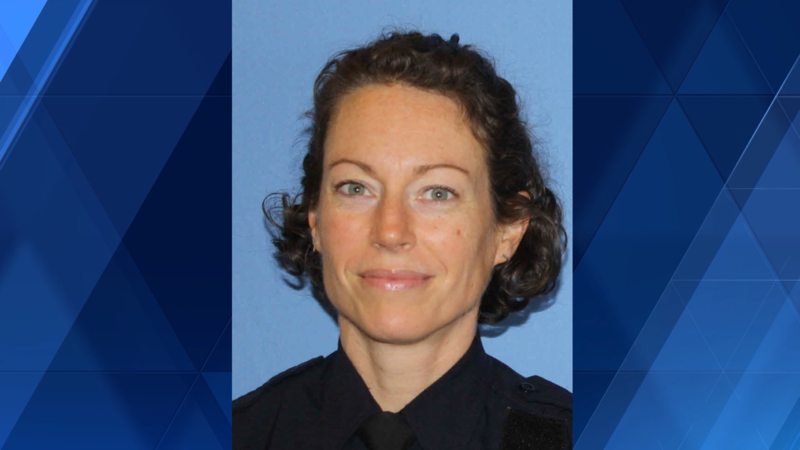Posted on Jul 26, 2022
Police: Cincinnati officer caught on body camera using racial slur
4.34K
4
0
4
4
0
Posted >1 y ago
Read This Next



 Cincinnati
Cincinnati Law Enforcement
Law Enforcement Racism
Racism


